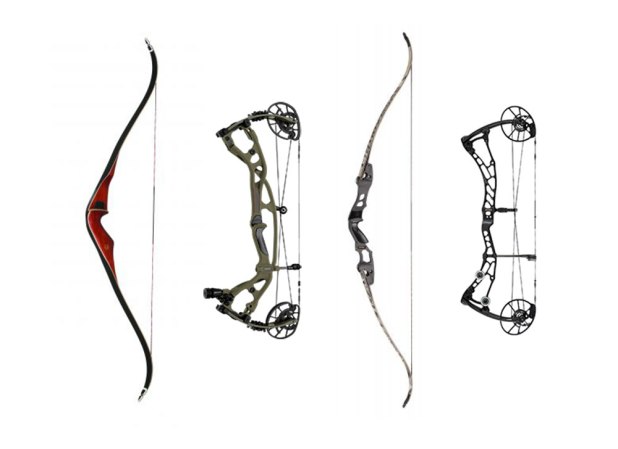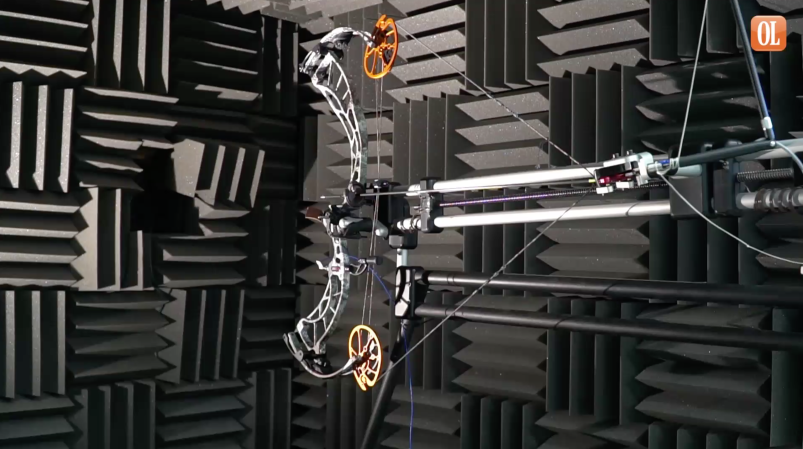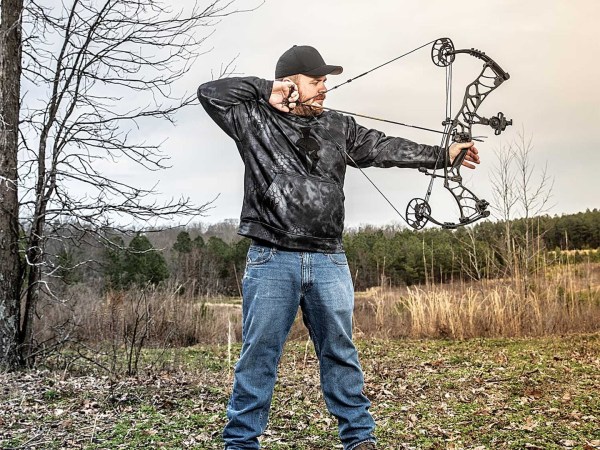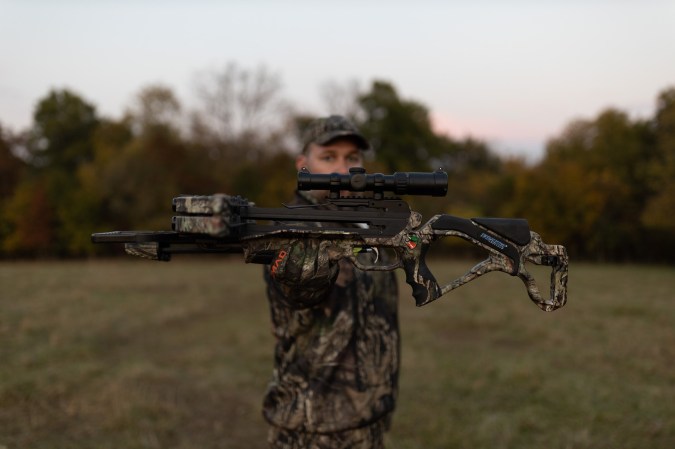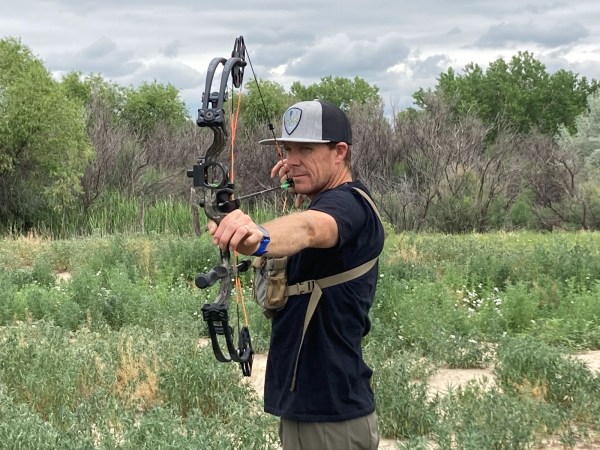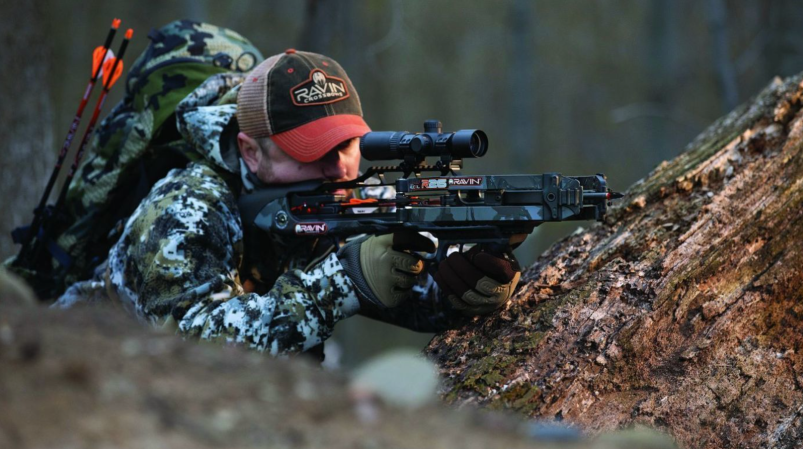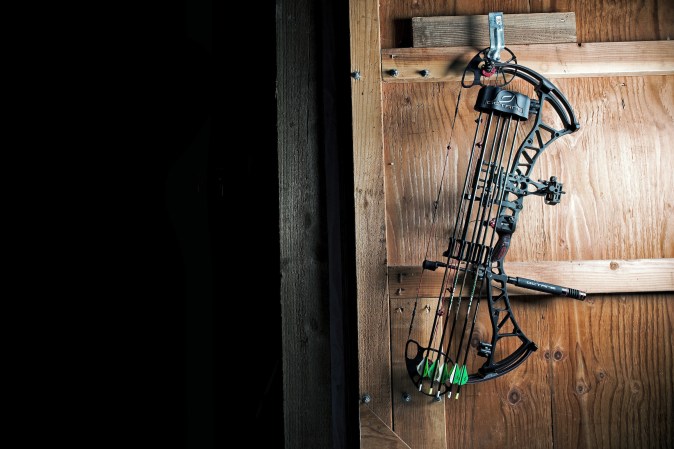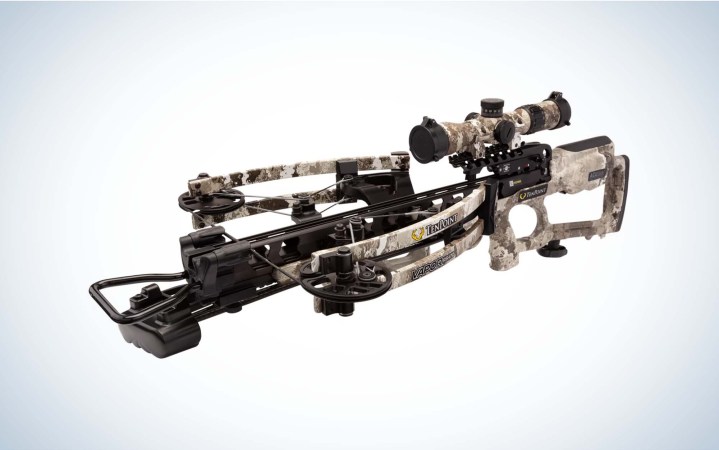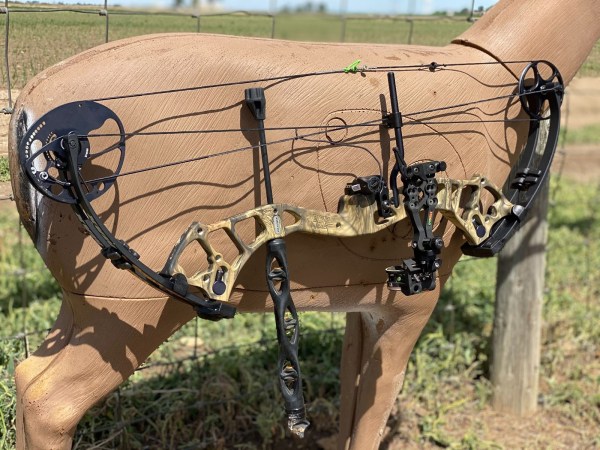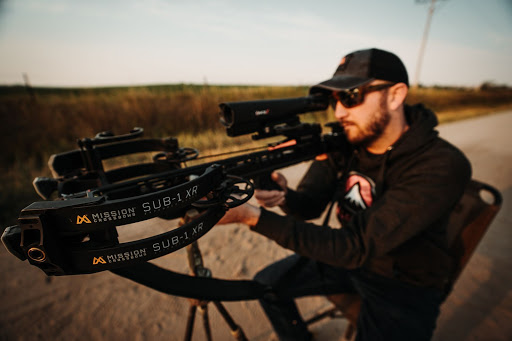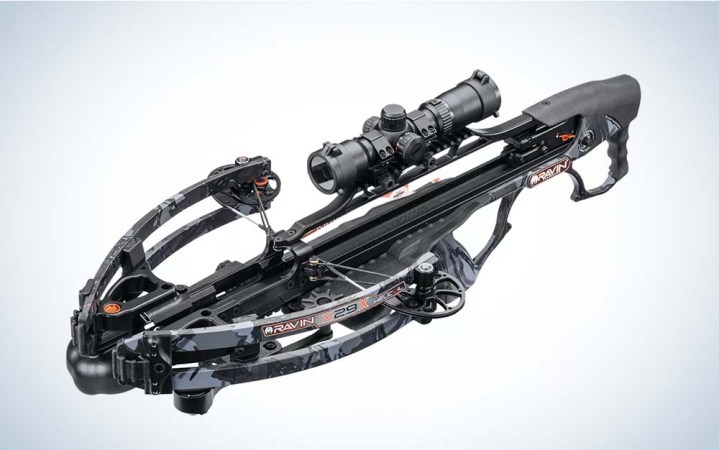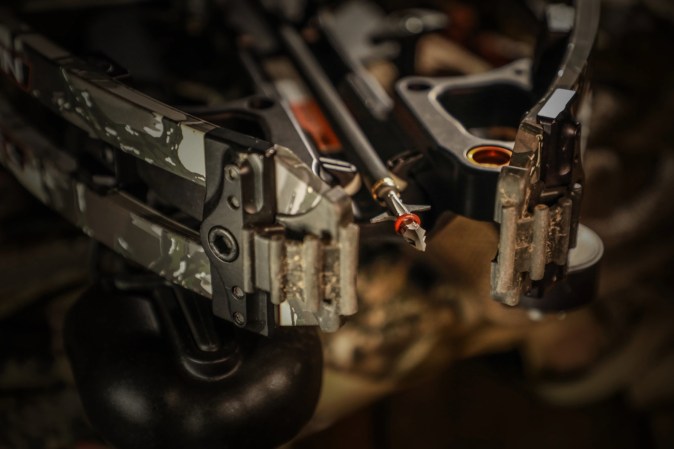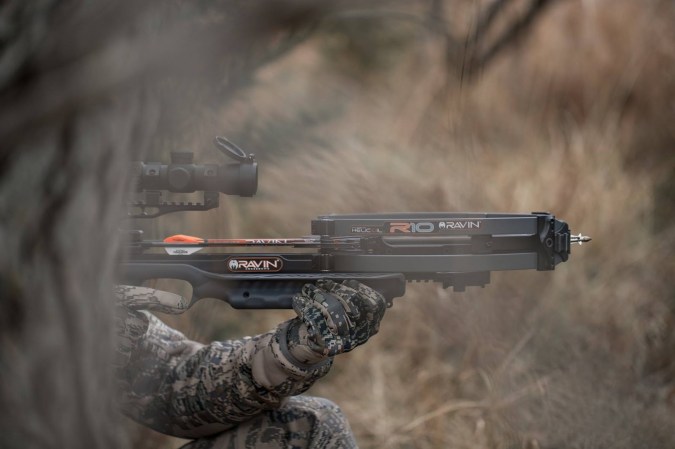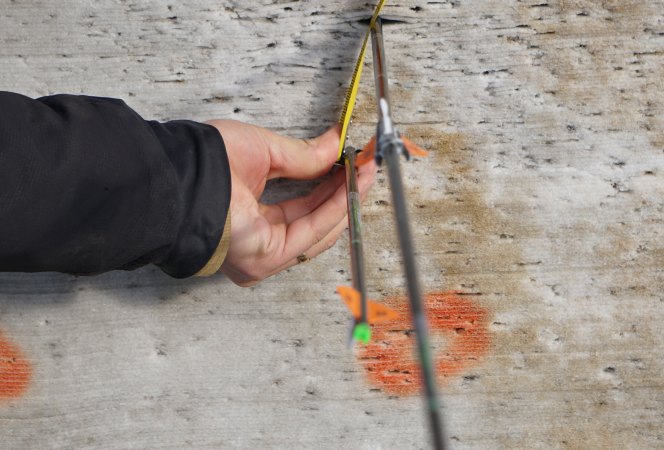We may earn revenue from the products available on this page and participate in affiliate programs. Learn More ›
Crossbows are often compared to their compound cousins, and with good reason. They both share many of the same components. There are, however, three popular myths.
Myth: Crossbows generate outlandish amounts of kinetic energy compared to compounds.
Fact: Math is math–The average crossbow generates roughly 80 to 100 foot-pounds of kinetic energy. A crossbow developing 300 feet per second (fps) with a 420-grain arrow generates 86.78 foot-pounds of kinetic energy. A compound shooting a 350-grain arrow at 335 fps generates 87.24 foot-pounds of kinetic energy.
Myth: A crossbow is not a bow.
Fact: It’s not a compound bow. Nor is a compound a recurve bow just as a recurve is not a spear. And oddly enough, a spear is not a rock.
In the late 1960s and early ’70s when compounds were introduced, no archery traditionalist considered them bows either. Both bows are powered by limbs, which are drawn and captured by a crossbow trigger or compound’s mechanical release.
Myth: Crossbows are deadlier than compounds at exaggerated distances.
Fact: Compounds are deadly at exaggerated distances too. Both weapons are amazing mechanical machines in the hands of a highly-trained and skilled archer. The effective range of either weapon is really only limited by the ability of those bending their limbs.


